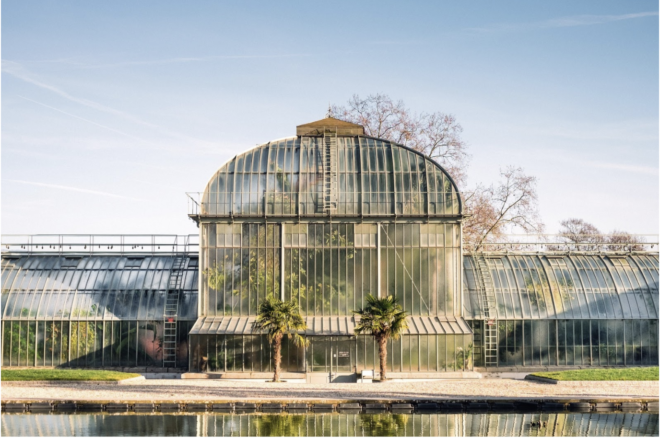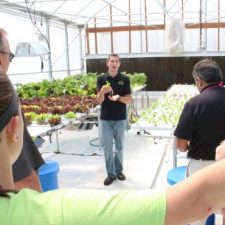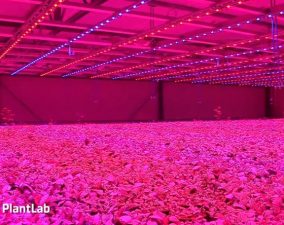Have you ever sat down and wondered about the uncertainty of our future? With the world population growing and expanding each day, will we reach a point where we might face a scarcity of food? It has been speculated that three decades later, our world population will reach nearly 10 billion people, and 11 billion people by 2100. And feeding such a massive population is nothing less than a challenge.
Due to urbanization and enormous industrial development, we are losing our natural sources and farming land each year, bit by bit. As a matter of fact, according to a report published in 2015, our planet has lost 1/3 of its cultivable lands, which is quite alarming given the fact that our population is expanding each year.
That said, nothing can be predicted for sure about how much more arable land humanity will lose in the upcoming decades. Nonetheless, food demands will continue to grow proportionally to the growth of the world population. Many believe that vertical farming and indoor vertical farming software installation is the ultimate solution to our potential world hunger problems. Some projects are going so far as to grow food on the moon to see if it will work.

Lunariums hope to help grow food on the moon to see if plants will grow on lunar soil
Read on to find out more about vertical farming and the future of our agriculture. Let us cover the basics first:
What is Vertical Farming?
You might have already figured out that vertical farming is all about producing and cultivating food on specifically vertically inclined surfaces. Instead of the traditional food cultivation methods of farming veggies and other food items on horizontally inclined surfaces, such as greenhouses and agriculture fields, the method of vertical farming intends to produce foods in vertically established layers with structures resembling a skyscraper. Nonetheless, the structures can also identify a shipping container and a warehouse.

For the effective production of foods in the vertical farming method, the integration of technology is mandatory. This is where the indoor vertical farming software comes in. With the integration of CEA (Controlled Environment Agriculture) technology, indoor vertical farming has been made possible.

The integration of the technology includes induced control of humidity, light, climate, temperature, and artificial gases that contribute to the possibility of growing indoor foods, herbs, and medicine. In this way, you can think of vertical farming in terms of a greenhouse where natural sunlight is induced with the help of metal reflectors and artificial light sources.
Nonetheless, indoor vertical farming’s primary goal is the optimization of food production within a limited space.
Why we need Indoor Vertical Farming software?

NASA has been growing potatoes in Mars-like conditions since the 80s using hydroponics. Plants also grow on international space stations.
Vertical farming is the ultimate solution that can save us from hunger and starvation in the long run. Vertical farming allows more output and food production while using a small area of cultivation. The below-given list includes the essential benefits of vertical farming:
As we mentioned earlier, four decades from now, our world population is more likely to expand to 10 billion. Not to mention that nearly 70% of the world population is expected to live in industrialized and urbanized areas, which will also peak food demand. The proficient use of vertical farming will prepare us for any upcoming challenges related to food scarcity.
All-Season Crop Production
Vertical farming enables us to produce more crops while using the limited square footage of the production area. If we were to make a rough estimation about the potential crop production, you could think of it in the following ways. For example, one acre of the indoor vertical farming area will allow you to produce crops worth four to six acres of outdoor capacity. Suppose you are running an indoor vertical farm inside a 30-story skyscraper that includes a basal area of five acres. With the integration of vertical farming software, you will produce food/ crops worth 2500 acres.
Unaffected by Weather and Climate Issues
Amongst the top benefits of indoor vertical farming is that this farming method is explicitly unaffected by unfavorable outside temperatures and weather conditions. Since everything is controlled and monitored inside, the crops and foods cultivated with indoor vertical farming are least affected by natural calamities. That said, indoor vertical farming allows you to produce food throughout the year without worrying about favorable weather conditions.
Indoor vertical farming is also good for biodiversity. This method is essentially environment friendly and exposes farmers to lesser risks and diseases.




